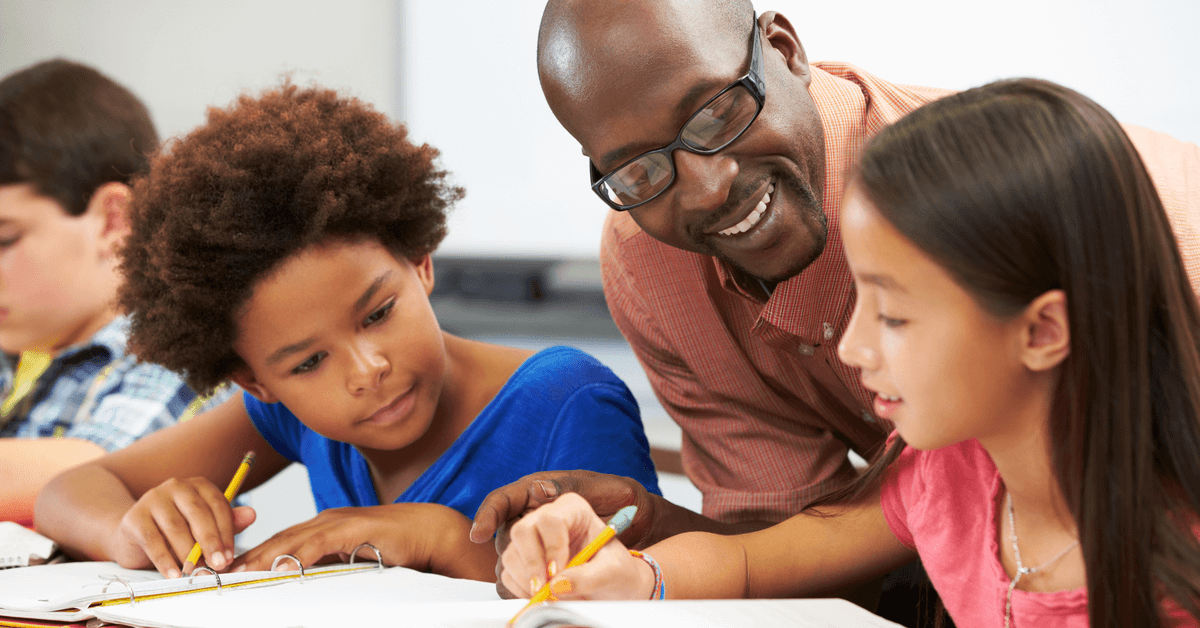As Abraham Lincoln made abundantly clear: we not only need to think anew but, equally important, we need to act anew. There has been plenty of “thinking” about new directions for learning, but pitifully little “acting” on what we’ve learned. That gap, as T.S. Eliot reminds us, is the malady of Hollow Men:
Between the idea
And the reality
Between the motion
And the act
Falls the Shadow.
T.S. Eliot
And hollow men and women aren’t going to fix the existential challenges which we and our children are summoned to grapple with. Instead, we will continue to stumble around in the shadows.
So, since existing curricula perpetuate the century-old fallacy that they lead learners out of brutish ignorance (the Latin root of “educate” literally means “to lead out”) towards a promised land of wisdom, ethical behavior, and becoming a “better human being”, what does it mean to abandon the “canon”, and all of the trappings (assessment, standardization, classification, and categorization) associated with such curricula? Don’t all children need to master literacy and numeracy skills, and gain an understanding of the scientific method, reasoned analysis, creative technique, and so on? Of course they do. And is it not…

